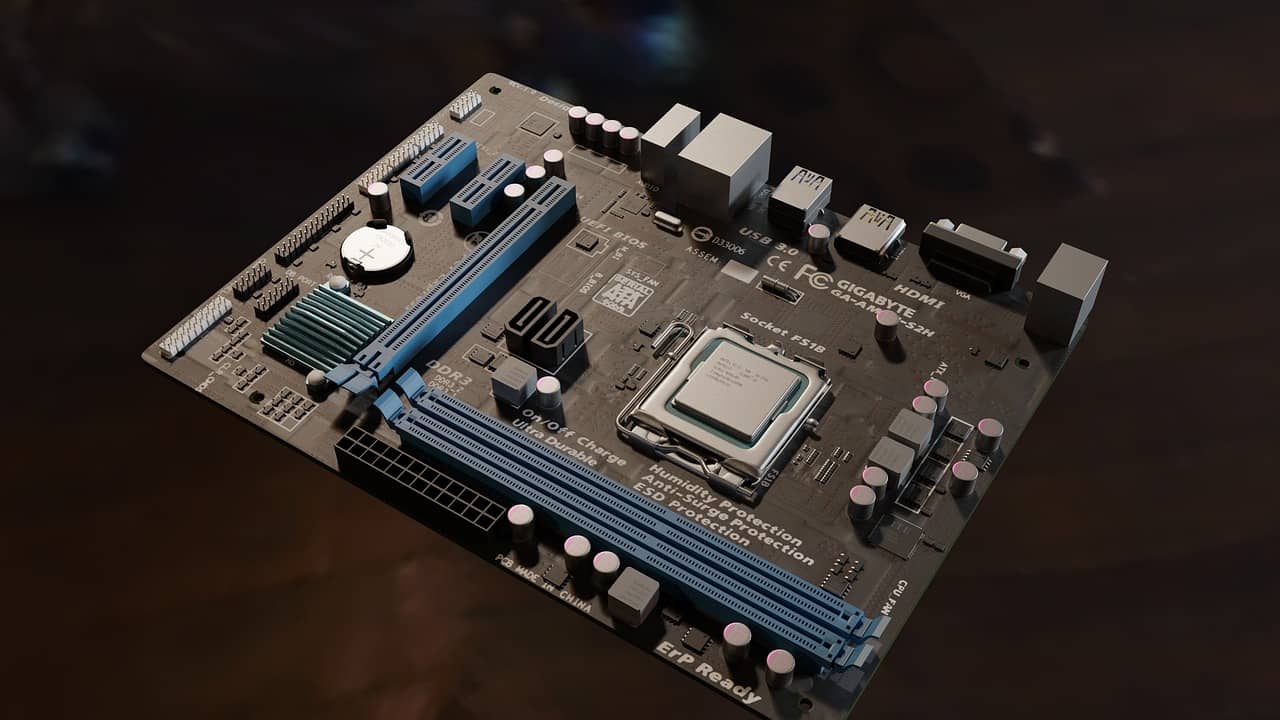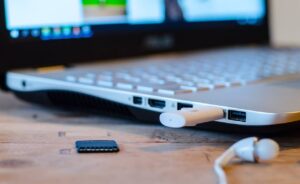
Decoding the Power Behind Your PC: An In-Depth Look at Computer Processing Devices
Have you ever wondered what exactly makes your computer run so quickly? It’s like a surprisingly fast chess master, thoughtfully considering every move and beating you before you even have time to process what happened.
Most users don’t need to know all the intricacies of computer processing, but for those who want to take their tech knowledge up a notch it pays to understand the inner workings of your PC.
In this blog, we’ll identify the main components behind all computers — hardware types, processor chips/central processing unit (CPU), memory and storage devices — and why they’re essential for everyday operations. We’ll also look at how these components connect together in a PC system and ultimately affect user performance.
The intricacy of computer processing equipment grows as technology develops. The processing devices a computer uses plays a significant role in its speed and strength. Making informed decisions when it comes to upgrading or building a new computer requires having a thorough understanding of these components and their functions.
Understanding the fundamentals of computer processing devices can be useful whether you are a regular computer user or a tech enthusiast. The various kinds of processing devices, their functions, and their functions in a computer system will all be examined in this blog.
Central Processing Unit (CPU)
The Central Processing Unit (CPU) is the system’s centre and is in charge of carrying out all necessary computational operations. The central processing unit (CPU) is basically a chip that is in charge of carrying out basic arithmetic and logic operations as well as programme instructions. The control unit and the arithmetic logic unit are the two primary parts.
The control unit controls the data flow within the CPU by reading programme instructions from memory, analysing them, and instructing the arithmetic logic unit to carry out the necessary processes. Basic mathematical and logical processes like addition, subtraction, multiplication, division, and comparisons are carried out by the arithmetic logic unit. Performance is usually assessed using the CPU’s clock speed, or the number of cycles per second at which it can carry out commands.
Graphics Processing Unit (GPU)
The graphics processing unit (GPU) is another crucial component in modern computers, especially when performing graphics-intensive activities like gaming, video editing, and 3D modelling. The CPU is designed to handle general computing duties, whereas the GPU is specifically made to handle complex graphical computations. It has several parallel-operating cores that analyse images swiftly and efficiently.
Modern GPUs are typically produced by firms like Nvidia and AMD, and they have a variety of specs, such as clock speed, core count, and memory capacity, that define their capabilities. GPUs are used for more than just producing high-quality graphics; they are also employed in areas like artificial intelligence and scientific study. GPUs are the best choice for performing complicated algorithms and simulations due to their parallel processing power.
But not every computer user may require a potent Processor. A simple GPU will do the trick if the majority of your computer usage consists of routine activities like word processing, emailing, and web browsing. But purchasing a powerful GPU will greatly improve your computer’s performance for more demanding tasks like gaming and video editing.
Field Programmable Gate Arrays (FPGA)
FPGAs, or field programmable gate arrays, are integrated circuits that can be modified and written to carry out particular tasks. While they resemble CPUs and GPUs, FPGAs are much more flexible and can be reprogrammed to suit a variety of uses than those fixed-function processors. FPGAs are basically empty canvases that can be programmed to carry out any logic function. They are also highly parallel computers that can carry out multiple tasks at once.
They are frequently used in applications where a high degree of performance is necessary and it is desirable to have the device’s ability to be reprogrammed. In the realm of cryptocurrency mining, FPGAs are also widely used to carry out the intricate calculations necessary for mining new digital currencies.
An FPGA’s ability to be tailored to carry out a specific task can lead to improved performance and reduced power usage when compared to a general-purpose CPU or GPU. FPGAs are not always the best option for every application because programming them can be difficult and requires specialised expertise.
Coprocessors
Some computers may also have specialised coprocessors in addition to the CPU to offload specific duties from the CPU. One such example of a digital signal processor (DSP) that is found in some systems is an audio or video signal processor (DSP). Network interface cards (NICs), which manage network communications, and encryption/decryption modules, which manage secure data transfers, are examples of other kinds of coprocessors.
Benchmarking
Benchmarking is a process or a method that is used to check the capabilities of the processors. It runs various tests and pushes the processors to the extreme and to the limits, thus extracting the maximum juice out of it. Hence this helps us to evaluate, rank and find the best overall processor and cater it for our systems.
Conclusion
In conclusion, computer processing devices are the powerhouse of a computer system, allowing it to perform complex tasks at lightning-fast speeds. The Central Processing Unit (CPU) is the brain of the computer, responsible for executing instructions and coordinating the operation of other components. The Graphics Processing Unit (GPU) is dedicated to rendering graphics and images, making it an essential component for gamers, video editors, and other graphic-intensive tasks. Field Programmable Gate Arrays (FPGA) offer flexibility and customization, making them useful in applications where hardware acceleration is necessary.
Computer processing units keep evolving as technology does, providing faster speeds, more performance, and greater economy. When building or upgrading their computer systems, people must be well informed about the different types of processing devices that are on the market. The final decision regarding the processing device will be made in light of the user’s needs and planned use. In order to ensure that a processing device meets the requirements of the user, it is crucial to investigate and comprehend the features and specifications of each processing device.

